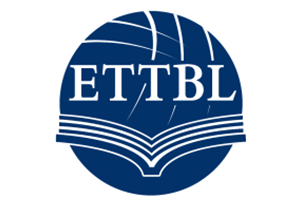The Story of Business Storytelling
Stories are powerful things. They fire our imaginations and stir our emotions. They can move us to action, but just as easily reduce us to tears. In the business world, stories help you communicate more effectively, build rapport with customers, and gain buy-in for your ideas. With this simple structure, you’ll be able to create stories that engage and inspire your audience.
Chapter One: The Hook.
All good stories begin with a hook. “It is a truth universally acknowledged that a single man in possession of a good fortune must be in want of a wife.” With this famous opener, Jane Austen sets the scene for “Pride and Prejudice.” It tells the reader what to expect from the book while hinting at Austen’s subversive intent.
In business storytelling, the first question you need to ask yourself is, “What do you want your story to achieve?” Are you trying to sell an idea to a prospective client, or do you want your team members to buy into a new initiative? Consider the wants and needs of your audience, and how you can tailor your delivery to appeal to them.
Chapter Two: The Opportunity.
You’ve convinced your audience to listen to what you have to say. But they’ll quickly lose interest if you don’t give them a reason to stick around. Using clear, unequivocal language, explain what they stand to gain by investing in your story, or what they stand to lose by ignoring it. Commercially speaking, this could translate into anything from improved sales to more efficient working practices, but it’s crucial that your audience understand what’s at stake. Use facts and figures to help you get your message across, and explain in concrete terms, what’s going to happen next.
Chapter Three: The Close.
The final chapter of your story is where you tie up loose ends. Just as Elizabeth Bennett marries Mr. Darcy at the close of “Pride and Prejudice,” your story needs to conclude in a way that doesn’t leave any questions unanswered. Wrap things up by reinforcing the points you raised in the previous chapter. This will make your story memorable, reminding your audience why they were interested in the first place. If you’ve told your story well, they’ll want to return to it again and again.














